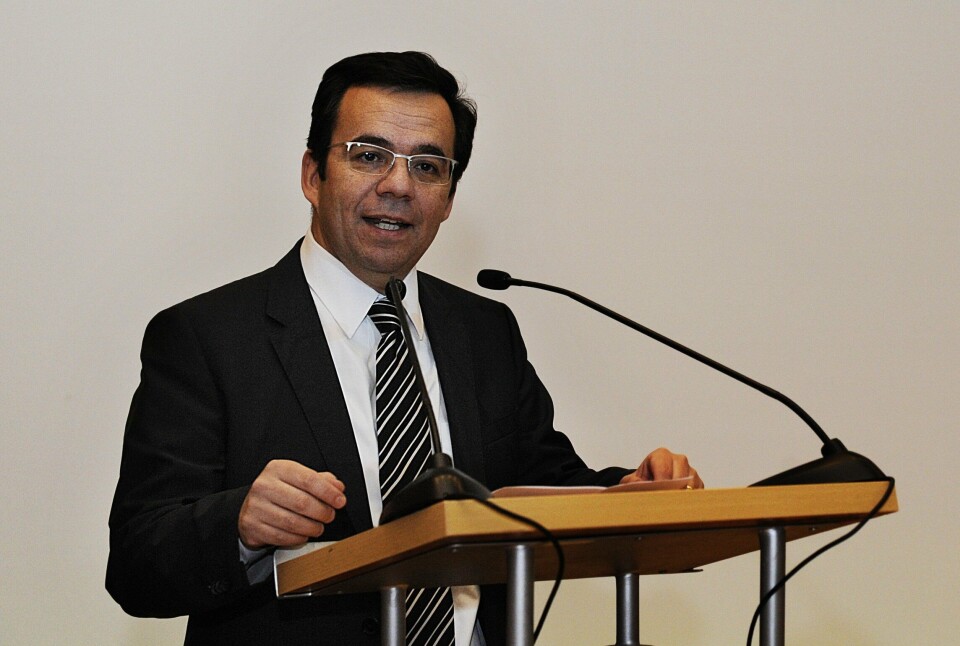
Changes to regulation announced
Chile: Stabilize production levels depending on the sanitary conditions, promote a plan of relocation of licenses and eliminate the so called “speed bumps” -unnecessary regulations that increase costs, are the main changes to be implemented.
The Chilean Economy Minister, Luis Felipe Céspedes, said that the motivation behind these changes is to regain optimism and competitiveness in the Chilean salmon producing companies. In this regard, the Ministry and the Undersecretariat of Fisheries have been working together with the industry in recent weeks, especially to change the farming density and sanitary regulations as well as in other measures aimed towards improve profitability in this industry.
According to an interview to the Minister published by El Mercurio, these changes include elimination of the so-called "speed bumps", in order to help reduce production costs in the companies. Céspedes expects to send the new rules to the Comptroller's office in the coming weeks.
These changes imply that if the industry is doing well it can produce more, but if sanitary conditions are poor the production volumes should decrease?
That's right. One of the aims of this sanitary regulation is to establish stability in production levels to avoid generating risks of increased productions that cause important and drastic drops in volumes, as it has been in the past.
The regulation points to have less volatility in output levels, in order to avoid unwanted fluctuations. This is certainly achieved through sanitary criteria.
Some people think that production limits could trigger accusations of collusion, since a lower supply usually causes higher prices. What is your opinion?
We are calm and confident that our regulatory proposal responds to sanitary criteria. What it does in fact, is to ensure that producers internalize the negative externalities of excessive production in sanitary terms. That is the purpose of this regulation we are working on.
The industry has also pointed out that farming sites should be located further apart between each other. What are your plans in terms of relocation of aquaculture licenses?
We are indeed working on the implementation of a relocation programme to ensure that the operation in the farms is sustainable and to provide a higher sanitary safeguard to the industry. The important thing here is to look for a model that allows us to increase the productivity of these sites and reduce the occurrence of diseases.
What other changes are being evaluated?
At the same time, we are working on a number of regulatory changes that will allow us to reduce the so-called “speed bumps”. We have recognized that there are areas in which we can gradually reduce regulatory burdens so as to improve competitiveness in the industry. In this sense, we have been working on initiatives that are aimed at adjusting the regulations to eliminate unnecessary demands, as well as a regulatory amendment that eliminates unnecessary paperwork and points to a less bureaucratic management model.























































